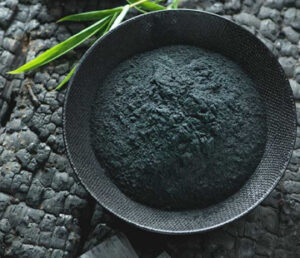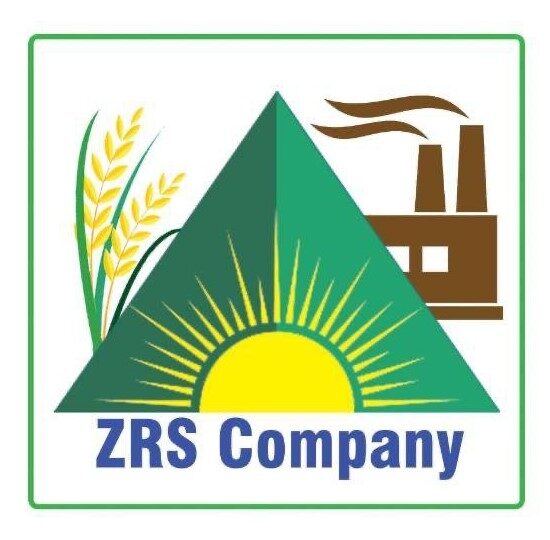Activated carbon, also known as activated charcoal, is a porous material that traps organic compounds in a gas or liquid. It is the most widely used purifying agent by humans because of its effectiveness.

Adsorption is the ability of a solid to cling to the surface of a moving molecule. The solid is known as “adsorbent,” and the molecule is referred to as “adsorbate.”
What is the purpose of activated carbon?
- Purification of the water.
- Deodorization and purification of the air
- Treatment of people suffering from acute intoxication
- Sugar refinement
- Color removal from vegetable oil
- Decolorization and odor removal using alcohol distillate
- Gold recovery
How does Activated Carbon Work?
Adsorption is the mechanism by which activated carbon, a highly porous form of carbon, functions. Its extensive surface and complex porous network draw and hold a variety of substances to its surface. When a substance comes into contact with activated carbon, forces such as van der Waals interactions and chemical bonding cause it to adhere to the porous structure. As a result, it is effective at absorbing a wide range of contaminants, including organic compounds, odors, and volatile gases. The capacity of activated carbon, on the other hand, is limited, necessitating periodic regeneration or replacement.
ACTIVATED CARBON PRODUCTION
Carbonization and activation are the two main processes that produce activated carbon.
Carbonization
The raw material thermally breaks down while being carbonized at temperatures lower than 800 oC. The source material is stripped of elements like oxygen, hydrogen, nitrogen, and sulfur through gasification.
Activation
In order to completely create the pore structure, the carbonized material, or char, must now be activated. This is accomplished by heating the char to a temperature of 800-900 oC and oxidizing it with air, carbon dioxide, or steam.
Full Details About the Product
